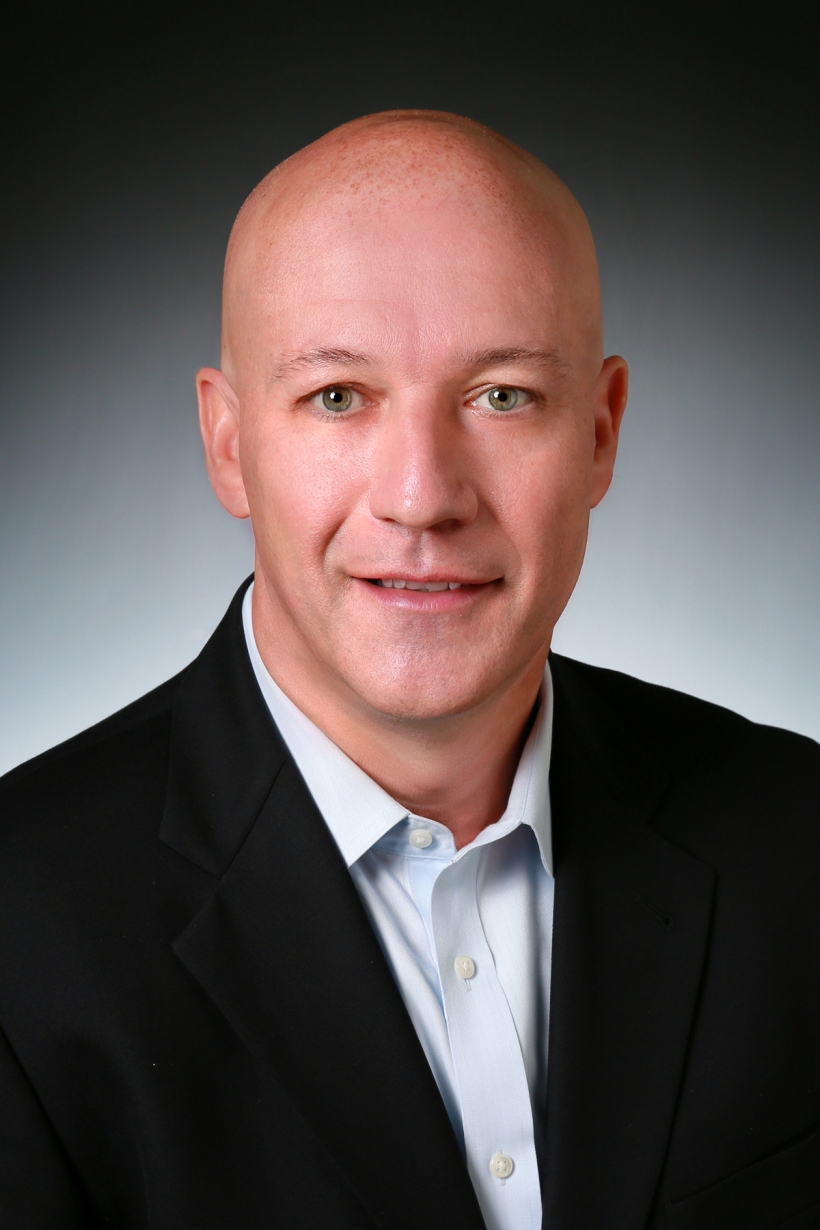Robb Hudson is named president and CEO of Aerodyn Engineering Inc. David Lawrence, executive chairman of the company, made the announcement, saying, “I have been observing Robb in the manufacturing community for some time, and we are delighted to have him on board with us. His professional and interpersonal skills, along with his practical knowledge of the complex parts manufacturing business, match the leadership qualities we need to support and achieve our growth objectives.”

Before joining Aerodyn, Hudson was CEO of precision machine tool builder Mitsui Seiki USA Inc. Prior to his post there, he spent several years gaining a depth of experience in both traditional and non-traditional machining applications in the aerospace, energy, medical device, automotive and electronics industries across North America and Europe. He began his career in manufacturing while still in high school, working at his family’s machine tool distributorship in Indianapolis.
“Through Dave’s acquaintance, I’ve noted Aerodyn’s expansion for the last 10 years and am pleased to join the team," Hudson said. "There’s a combination and depth of expertise in turbine production and testing here that I believe is unmatched in the world. Aerodyn offers a significant value and opportunity for customers and prospects to significantly shrink and streamline their development of rotating and hot gas path components. On a personal note, I was born and raised about five miles from Aerodyn’s U.S. headquarters in Indianapolis, and it brings me great joy to return home with my family.”
Most recently Hudson was based in Fort Mill, South Carolina.
Related Glossary Terms
- milling machine ( mill)
milling machine ( mill)
Runs endmills and arbor-mounted milling cutters. Features include a head with a spindle that drives the cutters; a column, knee and table that provide motion in the three Cartesian axes; and a base that supports the components and houses the cutting-fluid pump and reservoir. The work is mounted on the table and fed into the rotating cutter or endmill to accomplish the milling steps; vertical milling machines also feed endmills into the work by means of a spindle-mounted quill. Models range from small manual machines to big bed-type and duplex mills. All take one of three basic forms: vertical, horizontal or convertible horizontal/vertical. Vertical machines may be knee-type (the table is mounted on a knee that can be elevated) or bed-type (the table is securely supported and only moves horizontally). In general, horizontal machines are bigger and more powerful, while vertical machines are lighter but more versatile and easier to set up and operate.






